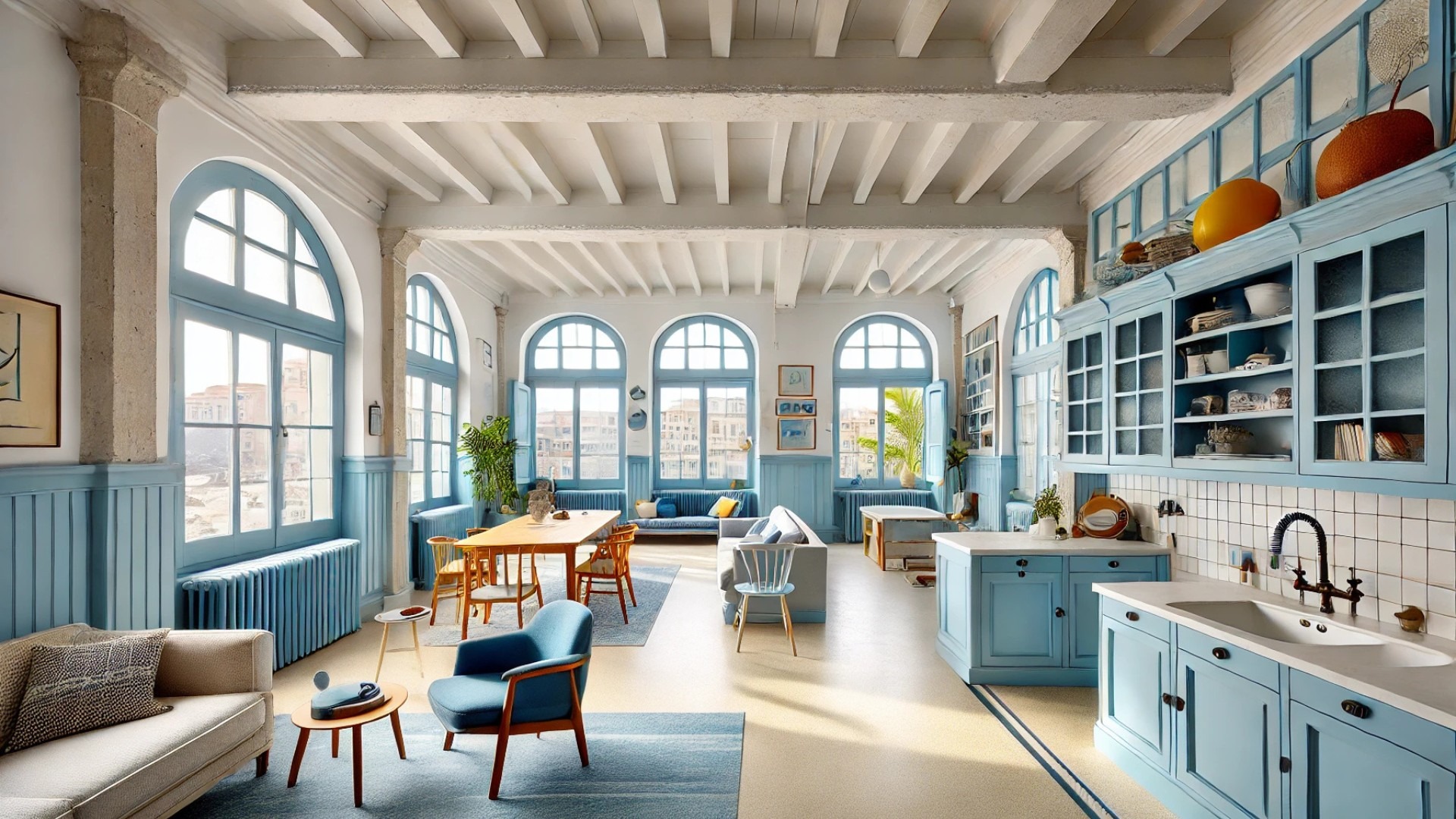
The Ambitious Floating Spoorweghaven District
In a remarkable shift towards redefining urban living, the Spoorweghaven neighborhood in Rotterdam is on the verge of a dramatic transformation with the advent of MAST's visionary floating community. Nestled within a restored disused dock, this groundbreaking project will be the largest floating housing development in Europe and aims to provide much-needed housing while respecting the intricate relationship between urban environments and nature.
Bridging Land and Water
MAST, a Danish architectural studio renowned for innovative maritime design, in partnership with the local contractor BIK bouw, proposes to encompass over one hundred apartments within a lush landscape of public green spaces and commercial units. This initiative directly counters the pressing housing crisis the Netherlands faces, where authorities strive to create over a million homes within the next decade. As traditional land space dwindles, floating housing—utilizing the country’s abundant waterways—emerges as an inventive sustainable solution.
Nature Meets Urban Planning
This floating neighborhood becomes a canvas for ecological harmony. With thoughtful construction practices like prefabricated modular design made from Cross-Laminated Timber (CLT), MAST ensures minimal disruption. The project includes floating reedbeds that function as natural water filters while fostering habitats for local biodiversity, proving that urban designs can indeed nurture nature rather than compromise it. This commitment not only offers a progressive response to housing needs but also signals a shift toward environmentally responsible architectural practices.
A Space for Community and Connection
At its core, the Spoorweghaven plan emphasizes community engagement. MAST’s design incorporates features such as communal gardens, floating parks, and shared terraces that invite spontaneous social interactions while still providing quiet retreats for relaxation. The integration of pedestrian bridges and bike paths will enhance connectivity, ensuring that residents can glide seamlessly between urban life and waterfront tranquility. This noble endeavor is more than just about real estate; it strives to reintroduce the spirit of the harbor to the community, reweaving its historical significance within the contemporary urban layout.
Investment in Futures
For those interested in sustainable luxury and high return on investment (ROI), projects like Spoorweghaven are symbolic of a broader architectural trend that is gaining traction. With sustainability being more than just a buzzword, potential investors can see the value in supporting developments that promise ecological restoration alongside residential solutions. Buildings that integrate nature into their design are becoming increasingly sought after, illustrating a progressive shift in consumer preferences towards products that embody craftsmanship and environmental consciousness.
The Road Ahead for Floating Architecture
MAST’s floating Spoorweghaven project opens a discourse on the future of urban living in coastal cities worldwide. On one hand, cities like Rotterdam showcase how innovative architectural designs are addressing housing crises while fostering community ties and ecological resilience. On the other hand, this initiative presents many avenues for similar initiatives to flourish as cities adapt to the evolving demand for unique, flexible, and environmentally attuned communities.
As experts and investors alike continue to keep a watchful eye on Spoorweghaven, it is clear that architectural movements are shifting towards sustainable practices that not only cater to human needs but also give back to the environment. The floating Spoorweghaven project serves as a model for introducing creativity and thoughtfulness into housing solutions—a true blend of beauty, functionality, and nature.
 Add Row
Add Row  Add
Add 

 Add Row
Add Row  Add Element
Add Element 




Write A Comment